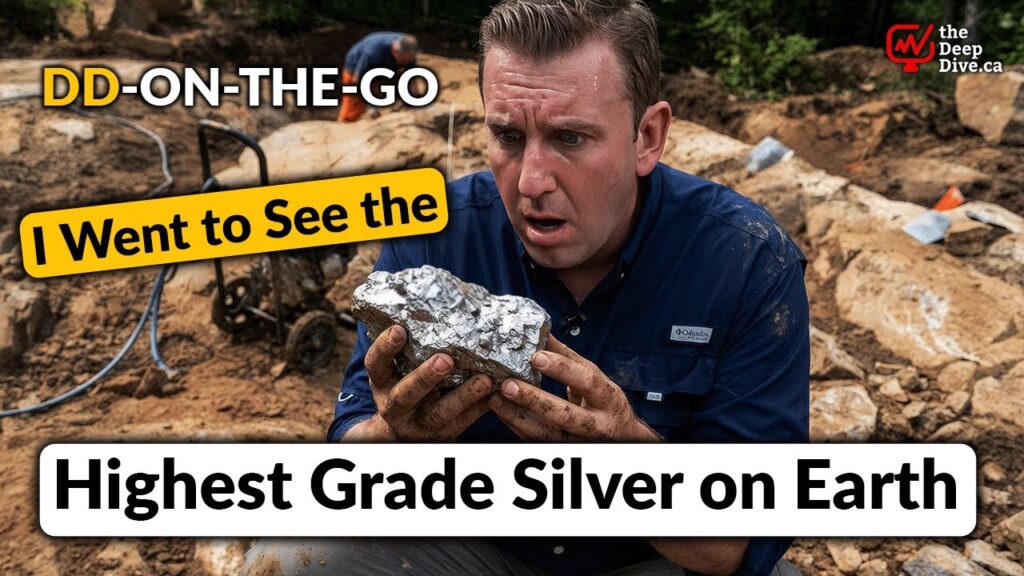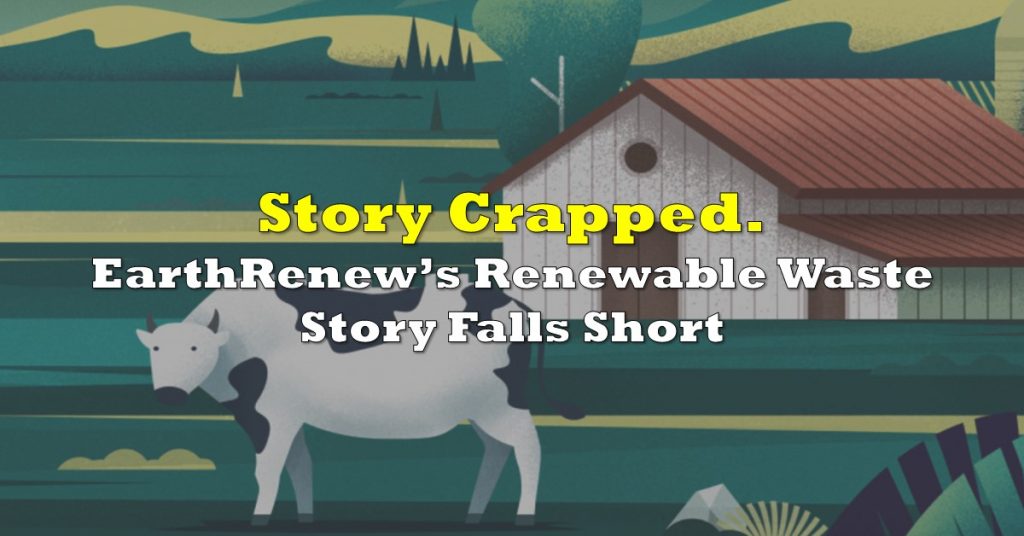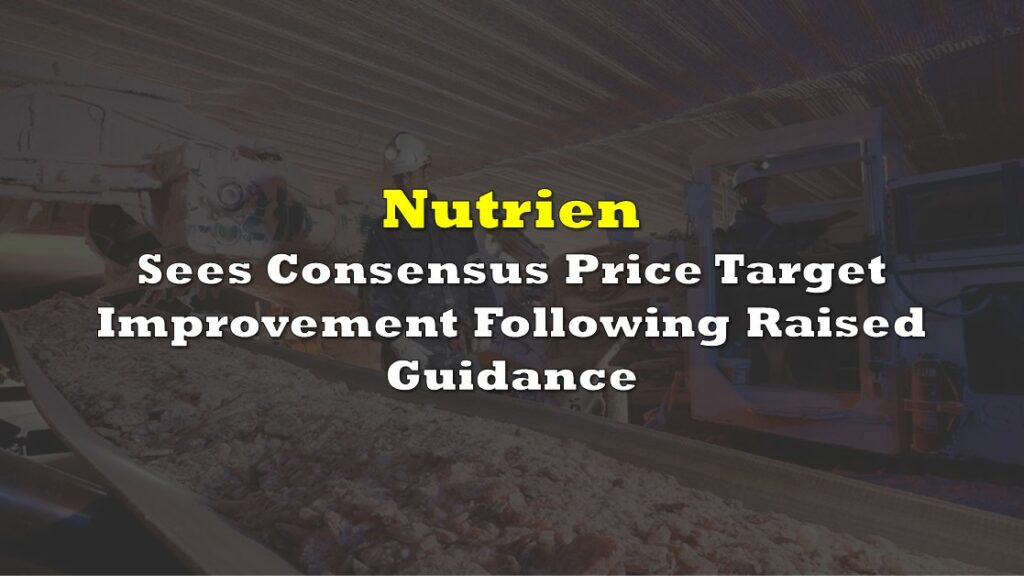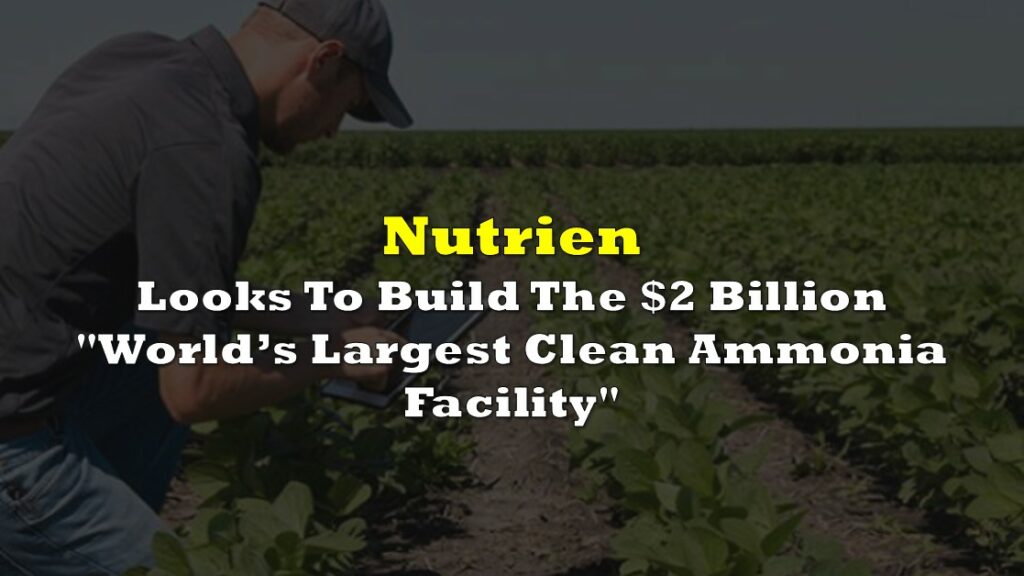Canadian fertilizer company Nutrien (TSX: NTR) has picked Longview, Washington, for a potash export terminal worth up to $1 billion, a decision that sidelines all Canadian West Coast ports, raising questions about whether Ottawa’s critical minerals agenda can beat US logistics and incentives on the ground.
The Saskatoon-based producer plans to build at Berth 4 in Longview a greenfield terminal with capacity of five to six million tonnes a year, aimed at serving fast-growing Indo-Pacific markets including China, India and Japan, with a final investment decision targeted for 2027 and completion by 2031.
BREAKING: Canadian fertilizer and agricultural retail giant Nutrien has selected a U.S. location as the preferred site for its next export terminal — ruling out all Canadian West Coast ports.
— The Food Professor (@FoodProfessor) November 19, 2025
Chief commercial officer Chris Reynolds said the company evaluated Pacific Northwest options using roughly 30 criteria, including rail rates, freight costs and construction costs, and Longview’s Berth 4 repeatedly ranked highest, helped by an already-redeveloped site that operated as a grain terminal for 60 years before its 1989 closure and rebuild between 2014 and early 2024.
By contrast, the Port of Vancouver was likely the strongest Canadian contender because it is served by both major railways, yet its usable capacity is constrained despite a nominal 10-million-tonne operational potash capacity, with a single bridge linking rail lines to the North Shore acting as a recurring bottleneck.
Recent labour disruptions at Vancouver and on Canadian railways have injected further uncertainty into export reliability, with Nutrien previously forced to curtail production at its Cory mine during a 2023 port strike that choked access through the Neptune terminal.
Reynolds stressed that nationality and politics were not part of the site decision, framing it as a pure economics exercise in keeping Canadian-mined potash competitive as global demand rises from about 72 million tonnes to 80 million tonnes by 2030, and arguing that transport now costs more than mining in the overall cost stack.
In his view, securing the lowest-cost, most reliable export route “is helping Canadian potash remain competitive for the long term,” even if the last leg of the journey shifts through a US port.
That technocratic framing clashes with a wave of political and policy criticism at home. Analyst Heather Exner-Pirot called the outcome “a failure on Canada’s part” and “a condemnation of our regulatory environment and our inability to permit port infrastructure the private sector actually wants to pay for.”
This is a failure on Canada’s part, a condemnation of our regulatory environment and our inability to permit port infrastructure the private sector actually wants to pay for
— Heather Exner-Pirot (@ExnerPirot) November 19, 2025
Nutrien rules out Canada for new potash export terminal, chooses U.S. sitehttps://t.co/SQHMmqXoWO
John Corey, president of the Freight Management Association of Canada, questioned why a Canadian-produced commodity, with roughly 90% of its journey occurring inside Canada, should be diverted to a US terminal, arguing that “it’s not what’s best for Canada” even if it passes a corporate cost-of-capital test. Ottawa, he noted, has been trying to build a friendlier environment for mining and resource projects, yet those efforts “will go nowhere” without boardrooms willing to sign cheques on Canadian soil.
The Longview decision therefore lands as an early stress test of Prime Minister Mark Carney’s pledge to streamline approvals and “get Canada back to building big projects,” particularly in critical minerals such as potash.
Nutrien invests in US port. Why not Canada? Because our ports don’t work as well under this federal regulatory morass.
— David Knight Legg (@KnightLegg) November 19, 2025
Just one of hundreds and hundreds of major projects that have been held hostage to a recklessly inept green tax and red tape regulatory framework that doesn’t… https://t.co/blmXHpOalV
Structurally, the Longview project would augment, not replace, Nutrien’s existing export footprint, which routes potash from six Saskatchewan mines through terminals in North Vancouver, Saint John and Portland, Oregon, with Vancouver remaining the largest node at about 10 million tonnes of capacity. The new US terminal would match or exceed Portland’s scale and deepen Nutrien’s presence in Pacific Northwest ports that often benefit from direct US taxpayer subsidies, while leveraging supply chains the company already operates into Portland.
Information for this story was found via The Globe And Mail and the sources and companies mentioned. The author has no securities or affiliations related to the organizations discussed. Not a recommendation to buy or sell. Always do additional research and consult a professional before purchasing a security. The author holds no licenses.










8 Responses
These think tank mouthpieces sure love to cry and point fingers.
Canada’s west coast ports are running at or near capacity. Nutrien mines 30% of the global potash here, and spends enough on rail freight to keep CN swimming in money. That isn’t enough? The government is a failure because they didn’t meet their port specs? They can’t move the potash mines.
Not surprised. Eby wants business money but gets all puckered up if he has to do anything for it – Carney is just Trudeau without arrested development at fourteen years old.
True.
I wonder if Nutrient has thought through all of the potential problems that may result from moving commodities needlessly through another country when exporting. Many companies have experienced nasty surprises from an irrational American administration that rules by whim, and moving Canadian produced commodities through an American port may not be viewed positively by the Trump government or future administrations. For Canadian customers and other stakeholders Nutrient hasn’t likely improved their image either.
Great point. All that has to happen is someone tells him that they mine it in Canada. Next thing you know: “Nutrien mines the fertilizer in Canada, then ships it through OUR ports! They’re ripping us off, OK?”
The article says Portland’s port is already shipping Nutrien’s potash.
Total failure for BC and Canada.
“Total failure!”
Pack ‘er in boys. They’re shipping the fertilizer out of Portland, nothing we can do.